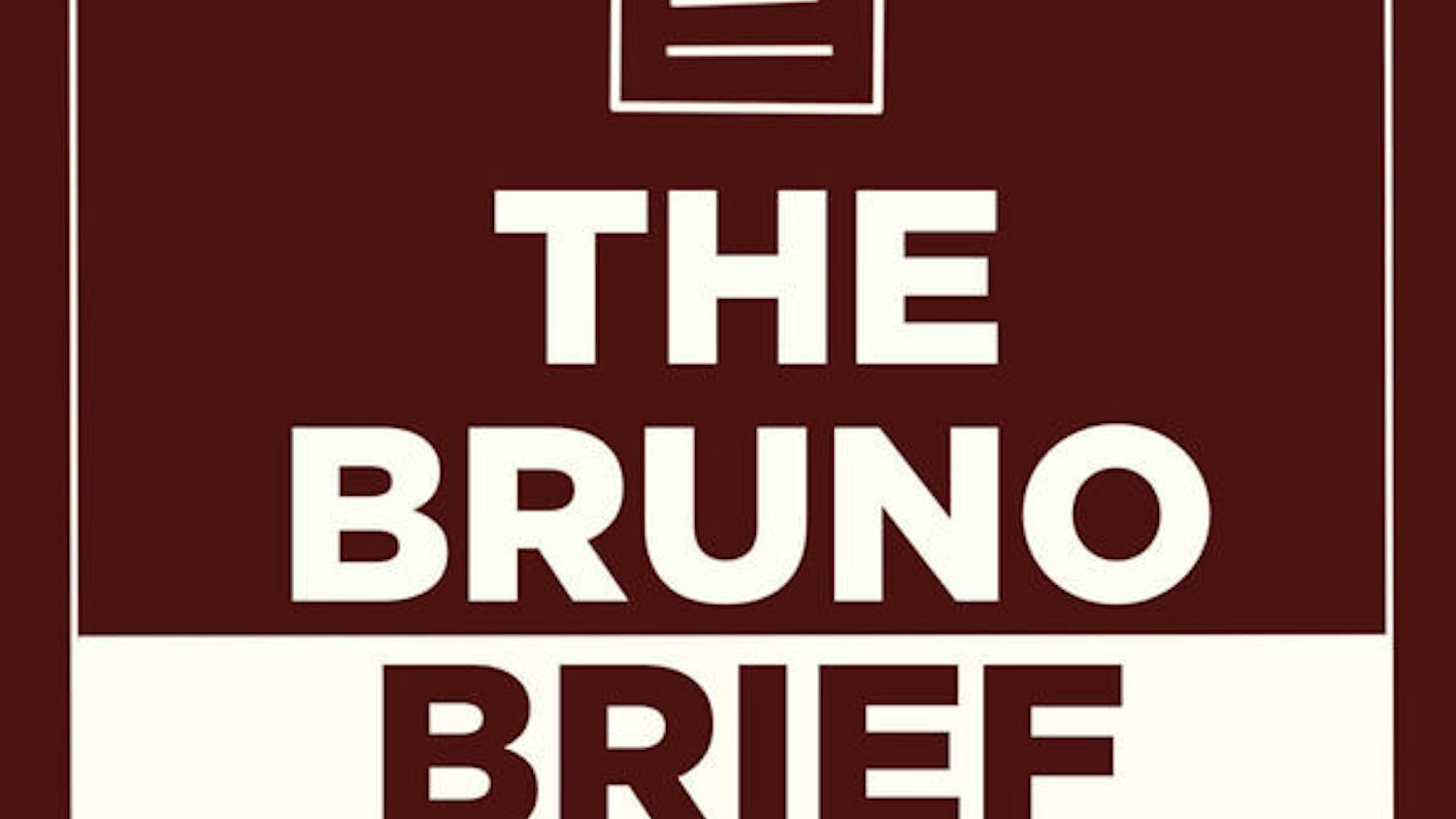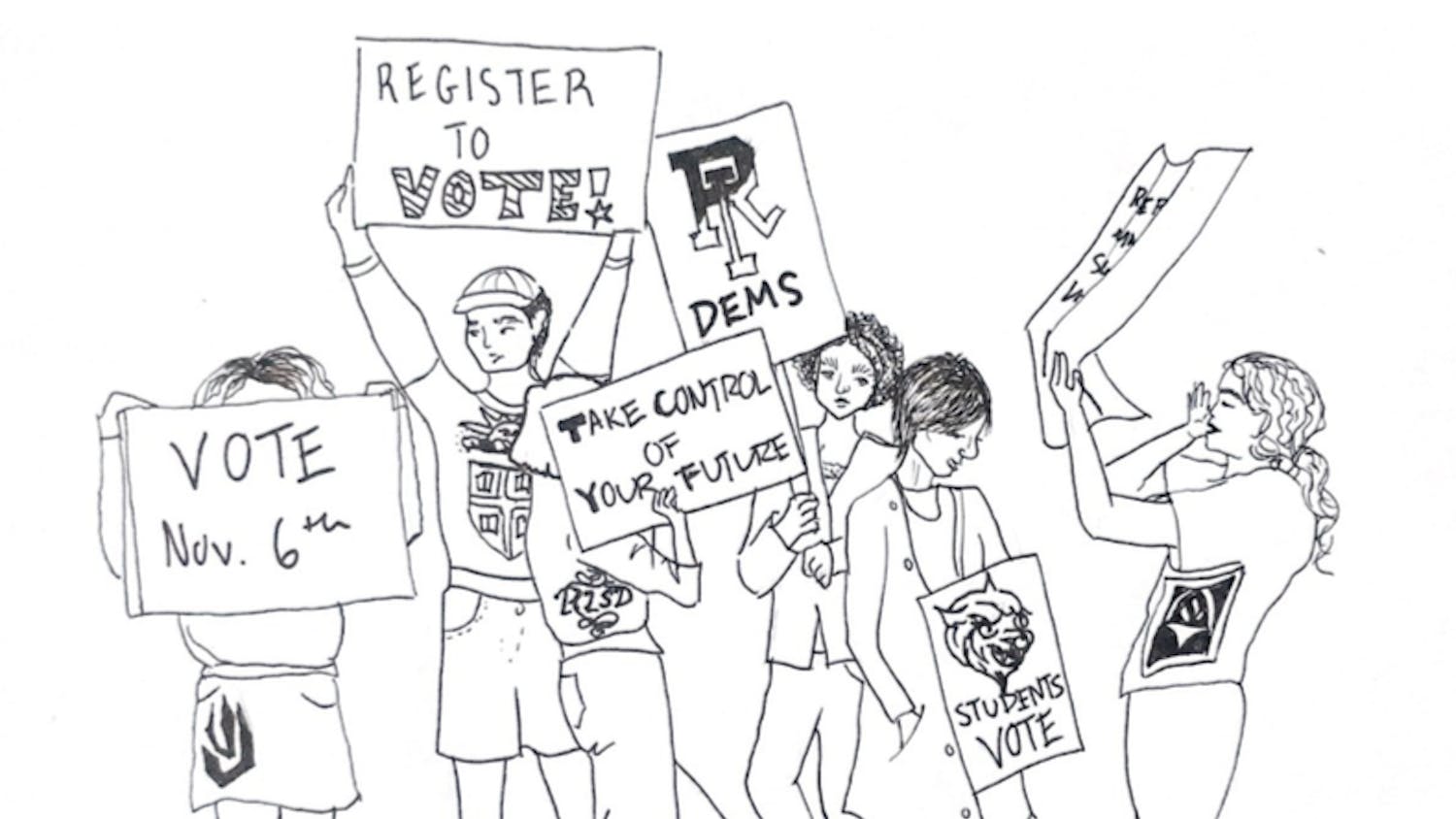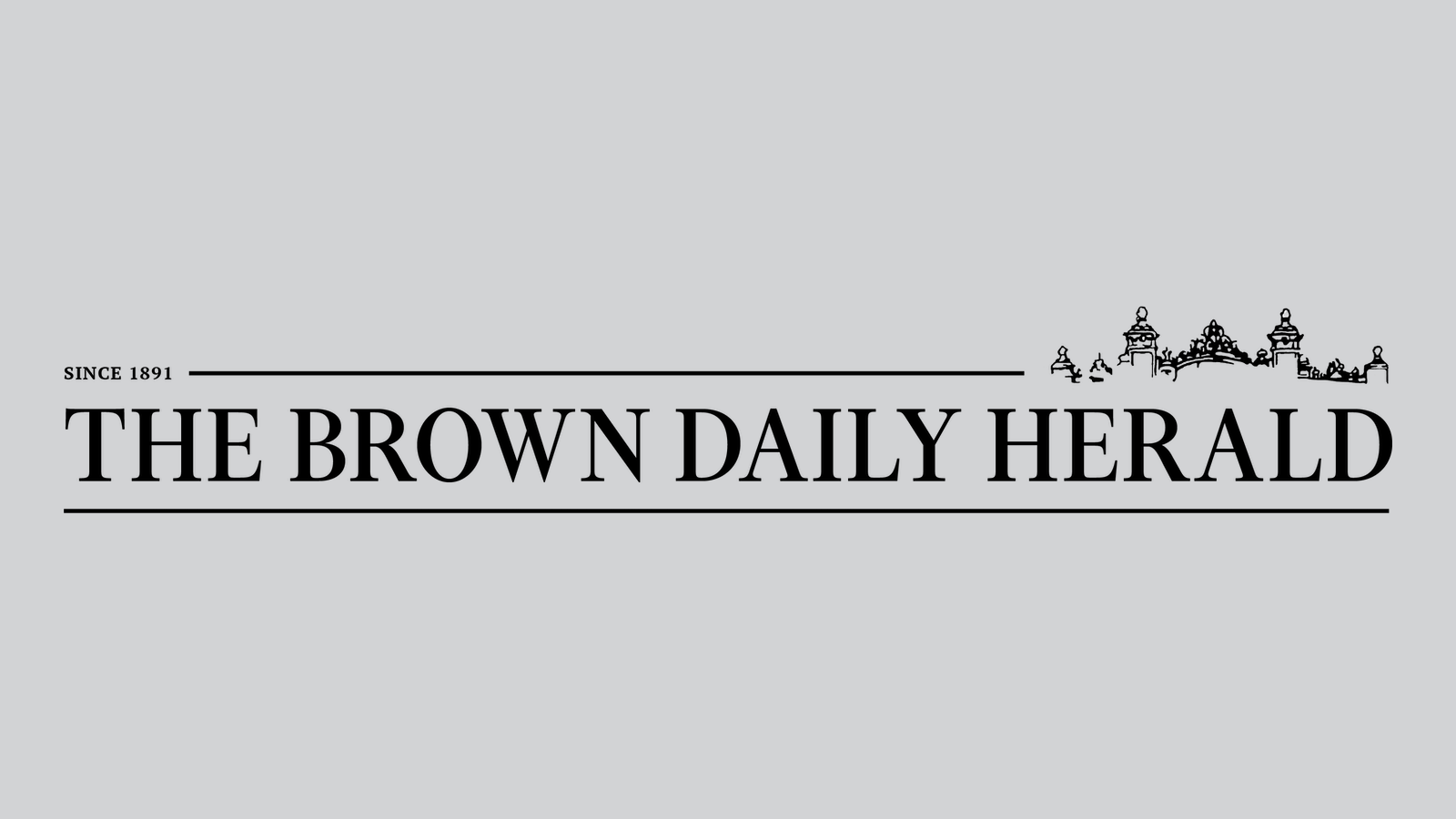Online education could harm disadvantaged students, study finds
Online courses may exacerbate achievement gaps and further disadvantage demographic groups that often struggle academically, according to a new study released by Columbia researchers.
Virtual classes — particularly massive open online courses, which are free, not for credit and available to anyone — have been widely hailed for expanding access to education. But the study from the Community College Research Center at Columbia’s Teachers College found all types of students fared worse in online courses than in face-to-face classes. Those effects were magnified for certain groups that generally perform worse in school, including black students, male students, younger students and students with poor grade point averages.
The study found online course performance suffered most in social sciences and English classes. This was attributed in part to “negative peer effects,” meaning students’ grades dropped when their classmates were struggling.
Researchers analyzed data from more than 40,000 students enrolled in technical or community colleges in Washington, who collectively took about 500,000 online and in-person courses.
Shanna Smith Jaggars, assistant director of the center and an author of the paper, told the Chronicle of Higher Education that one primary solution would be better and more flexible instruction in online courses. “We need a lot more teacher training, showing them tactics to use to try and reach out,” she said. “I think it’s difficult for faculty to know how to do that online.”
AP scores surge to new highs
The College Board announced that 2012 Advanced Placement test scores for public school students across the nation were among the best since it began publishing reports in 2001, the Chronicle of Higher Education reported last week.
The latest College Board report found that even as the number of public school students taking AP tests soared to roughly 950,000 and reached new levels of racial and socioeconomic diversity, a record-high 14.2 percent of test-takers achieved the maximum score of 5. There were also new increases in the proportion of students passing the tests and the mean test score, the Chronicle reported.
But Trevor Packer, senior vice president for the AP program, told the Chronicle achievement gaps persisted in the latest round of test results, with especially “distressing” numbers for black and Native American students.
Maryland students performed best on one measure, with 29.6 percent of the class of 2012 scoring at least one 3, followed by New York, Massachusetts, Florida and Virginia. Nationally, 19.5 percent of students passed at least one test. New Jersey students had the highest percentage of tests scoring at least a 3.
ADVERTISEMENT




